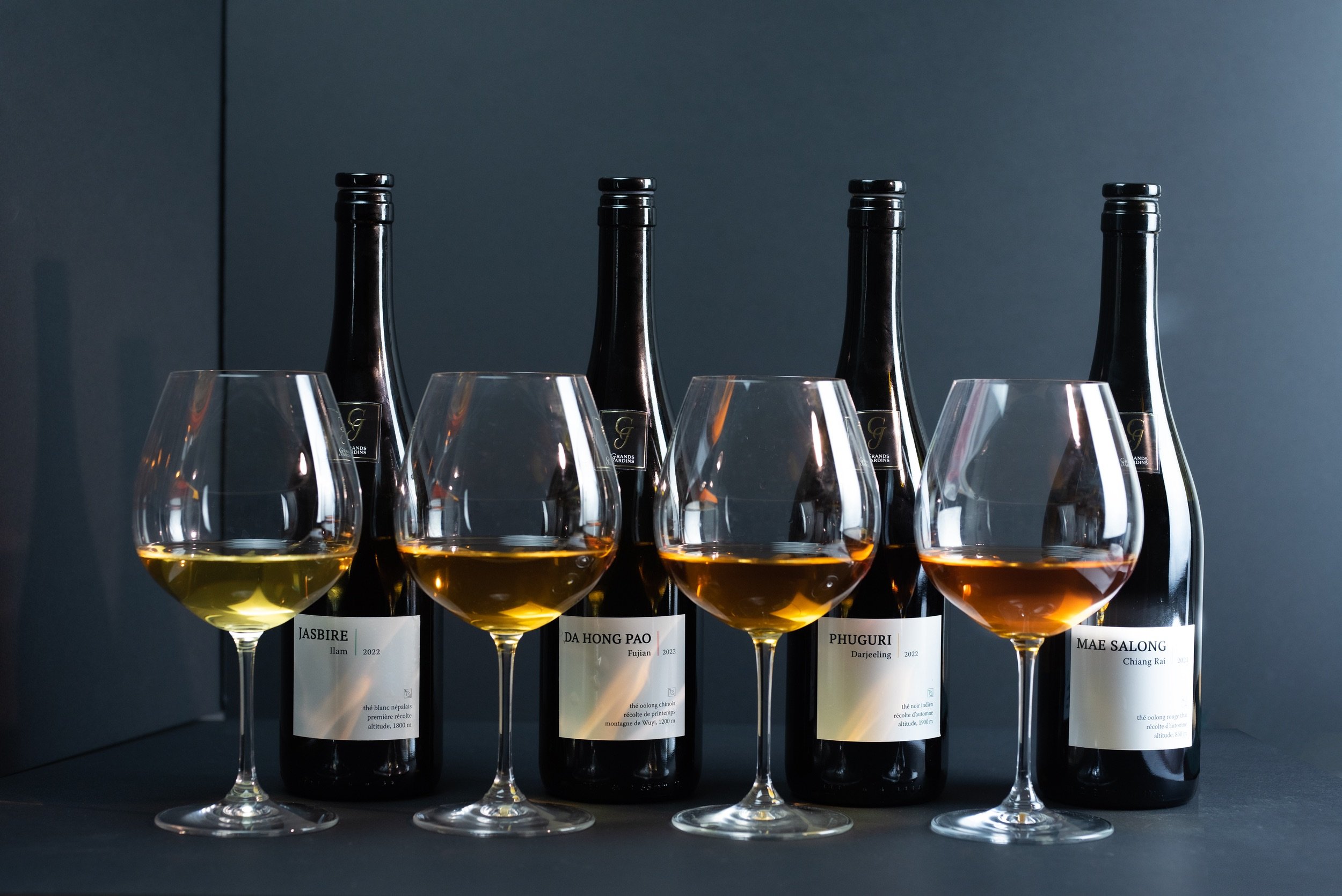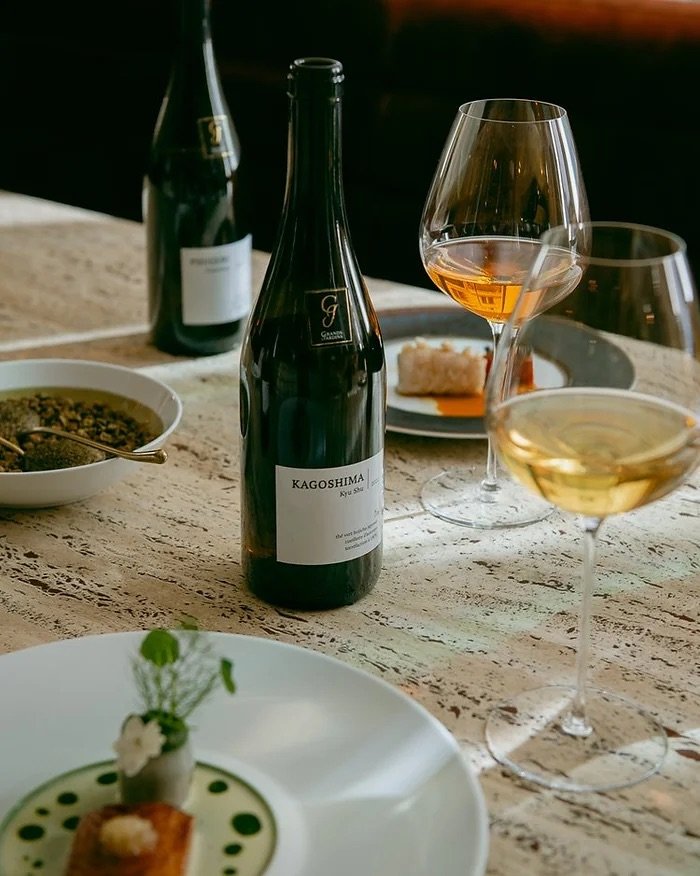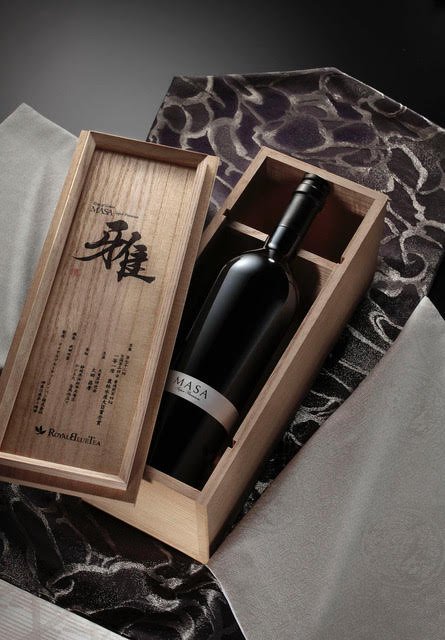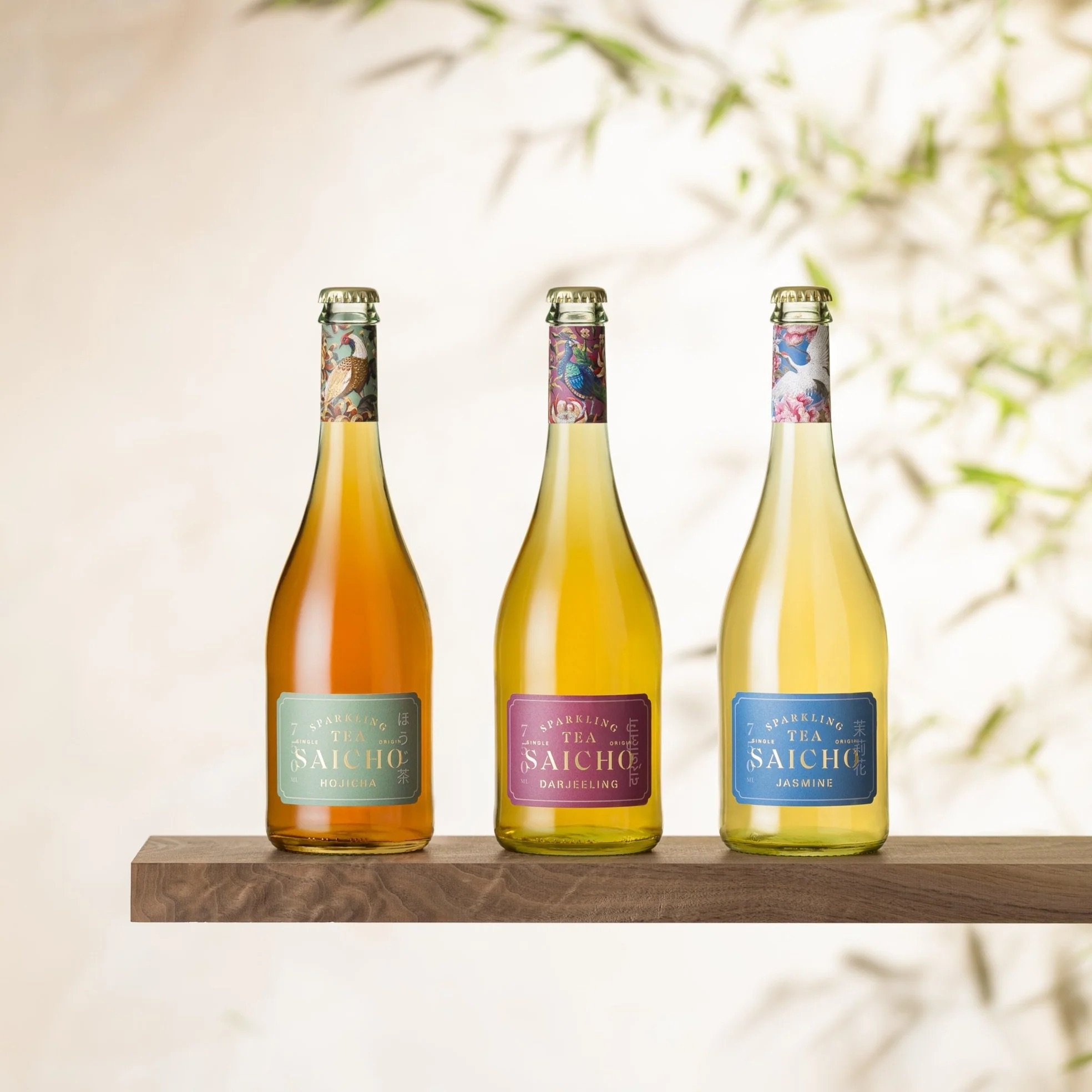Teatime 2.0: Reimagining Tea for the Wine Occasion
Since the dawn of imperialism, the idea of ‘tea time’ has become somewhat of a cultural institution in Great Britain. Appropriating tea rituals from the Far East and India, and translating them to the context of a wildly classist Georgian society – the drinking of tea emerged as a definitive marker of status and discernment. A ritual reserved for those fortunate enough to have the time to sip and small talk.
Much like the aperitivo occasion, teatime hovered around 5pm, tiding drinkers into the evening with a refreshing pick-me-up, accompanied by small bites. Not yet a commodity, choosing a tea was more akin to how we might approach choosing a wine today – the variety and origins mattered, acting as a vehicle for expressing ones identity, interests and taste.
Indeed, tea has much more in common with wine than one might expect at first glance. Both are expressions of terroir – the unique environmental context that gives rise to a drink’s particular aroma and flavour. Different varietals produce fantastically different liquids – each with their own unique story and provenance. And both tea leaves and grapes undergo delicate processes that have been refined over thousands of years of dedication and craft.
In the case of tea – drying, aging, fermentation, water quality, and temperature all play a crucial role in determining the quality of the end experience. And yet, much of this art has been lost in the Western world, where a typical morning brew is so thoughtlessly cobbled together in the rush to get out of the door for work (no judgement!).
What might happen if we took the analogy further, and approached tea like a wine? What if we treated and drunk this wonderful, complex plant with the respect it deserves?
A handful of producers in the non-alc space are beginning to answer this question, by reimagining tea traditions for the wine occasion. Let’s call it tea time 2.0.
Founded by Edouard Malbois and Vincent Mesnage, Grand Jardins’ collection of five fine, single origin teas wouldn’t look out of place in Paris’s most respected dining establishments. Using tea grown in high-altitude terroirs, and sourced from some of the world’s finest producers (via Swiss supplier, nunshen), they cold brew the leaves in low-mineral content, subtly acidic water – perfect for aromatic infusion.
Japanese brand Royal Blue Tea, a true leader in the space, has taken this one step further – building out a whole taxonomy of products, spanning Black, Blue, Scented, and Green, and spread across different strata of quality (Deluxe, Grand, Imperial, Premium, Super-Premium). Describing themselves as ‘the world’s first luxury bottled tea’ – Royal Blue use a ‘revolutionary’ ‘Mizudashi extraction process’, endorsed by the Japanese government, which wards off the need for preservatives. They’ve even created a new drinking ritual for the on-trade, which they’ve named a ‘Chaen’ – a pairing of Royal Blue Tea's luxury teas, served in wine glasses, alongside a full tasting menu.
Whilst decidedly less purist in their approach (they add grape juice for sweetness), Saicho are a more democratic option for the first-time tea explorer. With a simple but award-winning line-up of Darjeeling, Jasmine, and Hojicha sparkling teas, and an arrestingly beautiful pack, Saicho is an easy and likeable substitute for dinner party prosecco.
As drinkers continue to look for compelling non-alc alternatives to satisfy the needs of the wine occasion, tea could well stand up as one of the next major players. With their new visions of ‘tea time’, that foreground provenance, story, and process – these nascent brands are certainly hitting all the right notes.



